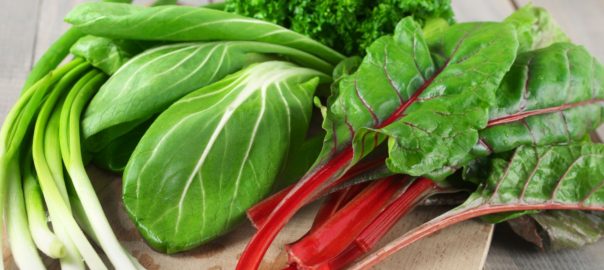When I mention to people that they should be eating lots of leafy greens I often hear them say, “oh, I eat a lot of salad.” There are two problems with that statement. One is that salad in and of itself is not a leafy green vegetable, especially not if it's made with iceberg lettuce. Many people like it and it's certainly front and center at the grocery store, but it is nutritionally deficient.
I once heard JJ Virgin, celebrity fitness and nutrition expert, describe it as the twinkie of lettuces; she's got a point there and you should not be eating it. The other issue is that salad alone is not enough dark leafy green vegetables for a healthy diet, even if it's made with spinach which IS a dark leafy green.
Benefits to Adding More Leafy Greens to Your Diet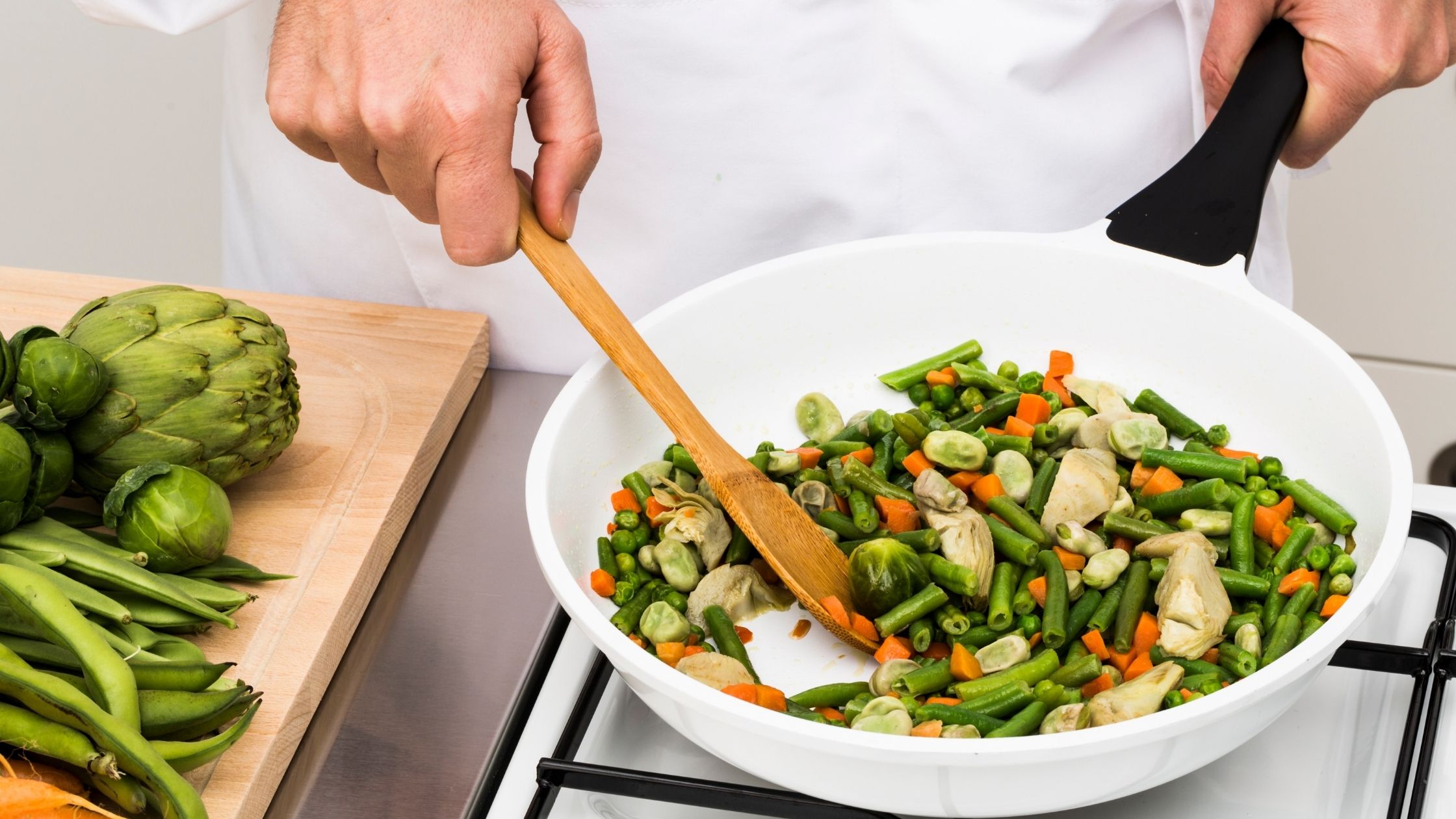
Brain Health
Cognitive challenges are on the rise. The good news is that a prospective study published in the American Academy of Neurology found that eating 1 serving a day of green leafy vegetables may help slow cognitive decline with aging!
Healthy Aging
Again, leafy greens can help here too. Many contain beta-carotene which provides a youthful glow and actually is a natural sunscreen that works from the inside out. The beta-carotene stimulates cell turnover which helps with a reduction of fine lines and wrinkles, reduces dullness, and stimulates clearer skin.
Heart Health
A study published in the Journal of Royal Society of Medicine found that a high daily intake of green leafy vegetables significantly reduced the incidence of several types of cardiovascular disease.
Other benefits include improving your inflammatory response, balancing your blood sugar levels, boosting digestive enzymes which can improve your gut health, strengthening the immune system, strengthening your bones, detoxifying toxins, reducing cancer risk, and helping with stress relief. Wow, that is so many benefits – just from 2 to 3 cups a day. Now that you know how powerful they are, let’s look at some leafy greens that can be added to your diet.
Some Leafy Greens That Can Be Added to Your Diet
Kale
A powerful detoxifier which is also known to have anti-cancer properties, especially for breast, ovary, and prostate cancers. Kale provides high levels of vitamins A, C, and K; very high in fiber it's also supportive to the digestive system. Kale chips are rising in popularity and can be a great way to eat a lot of kale with very little effort.
Mustard Greens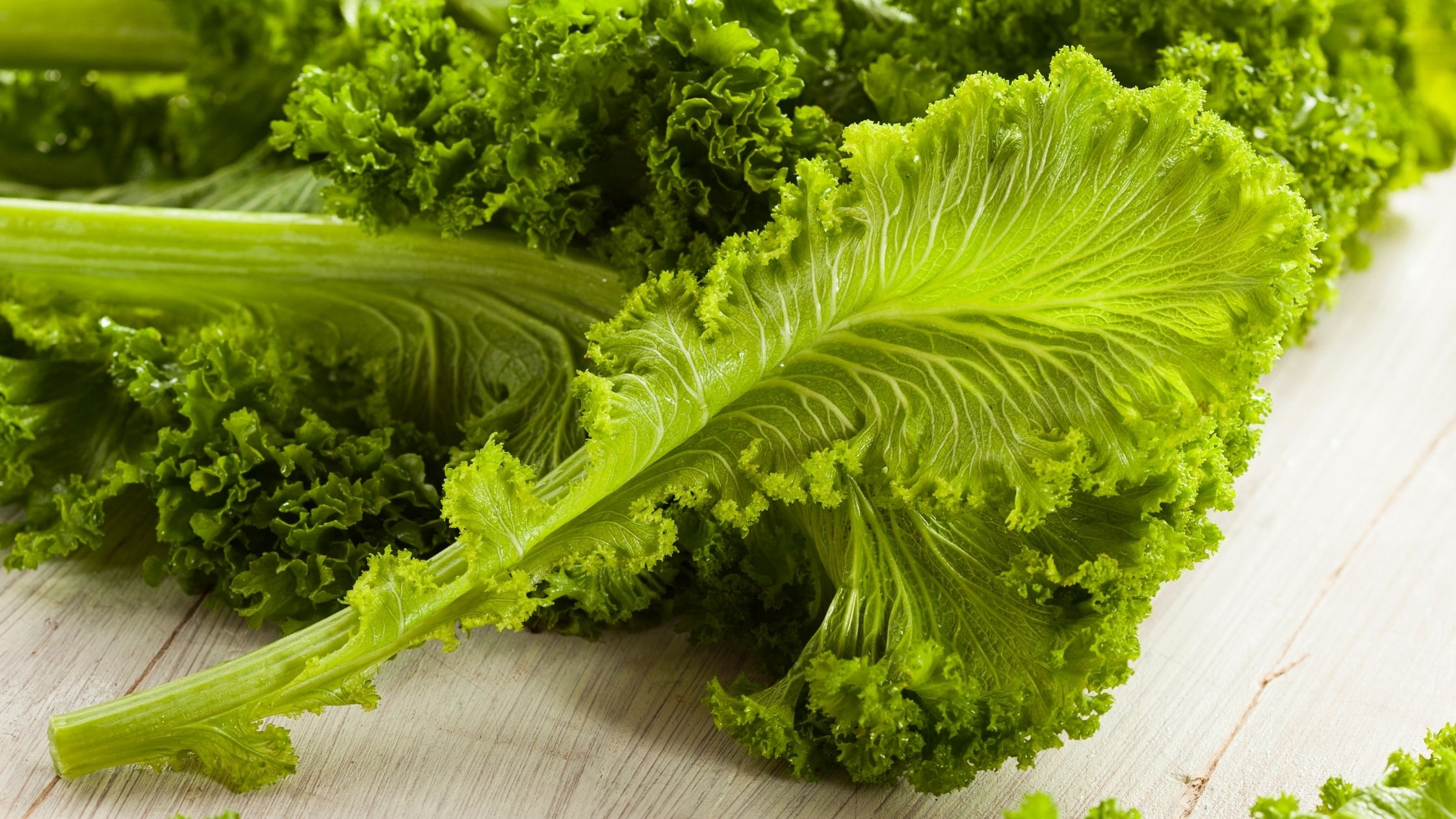
Another great source of vitamins A, C, and K, plus some folate. Mustard greens tend to have a somewhat peppery flavor making them a better choice for more pungent dishes.
Turnip Greens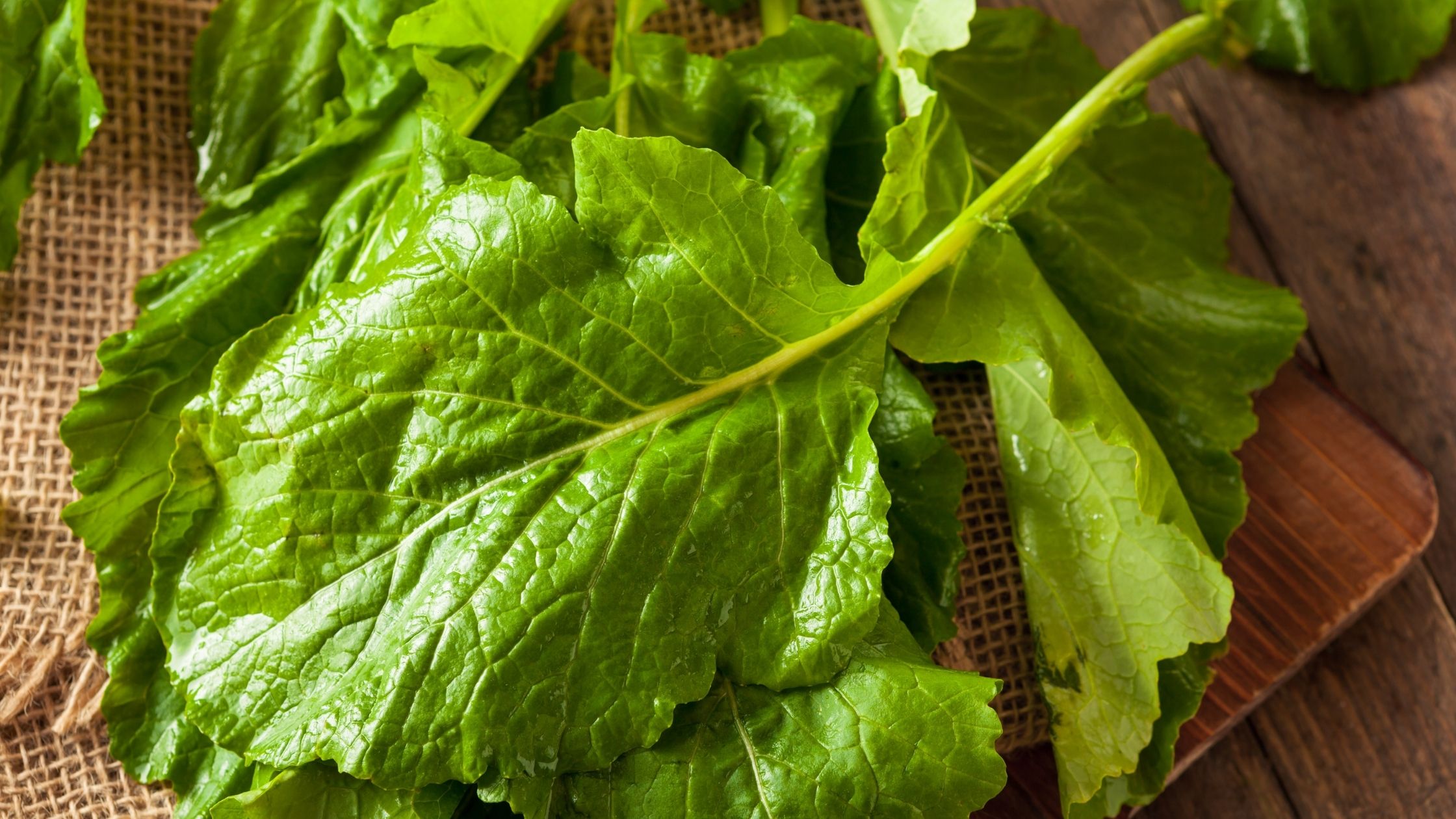
High in vitamins A, C, and K, plus folate (are we noticing a trend here?) turnip greens have a very pungent flavor and do best when steamed and served with heartier dishes.
Collard Greens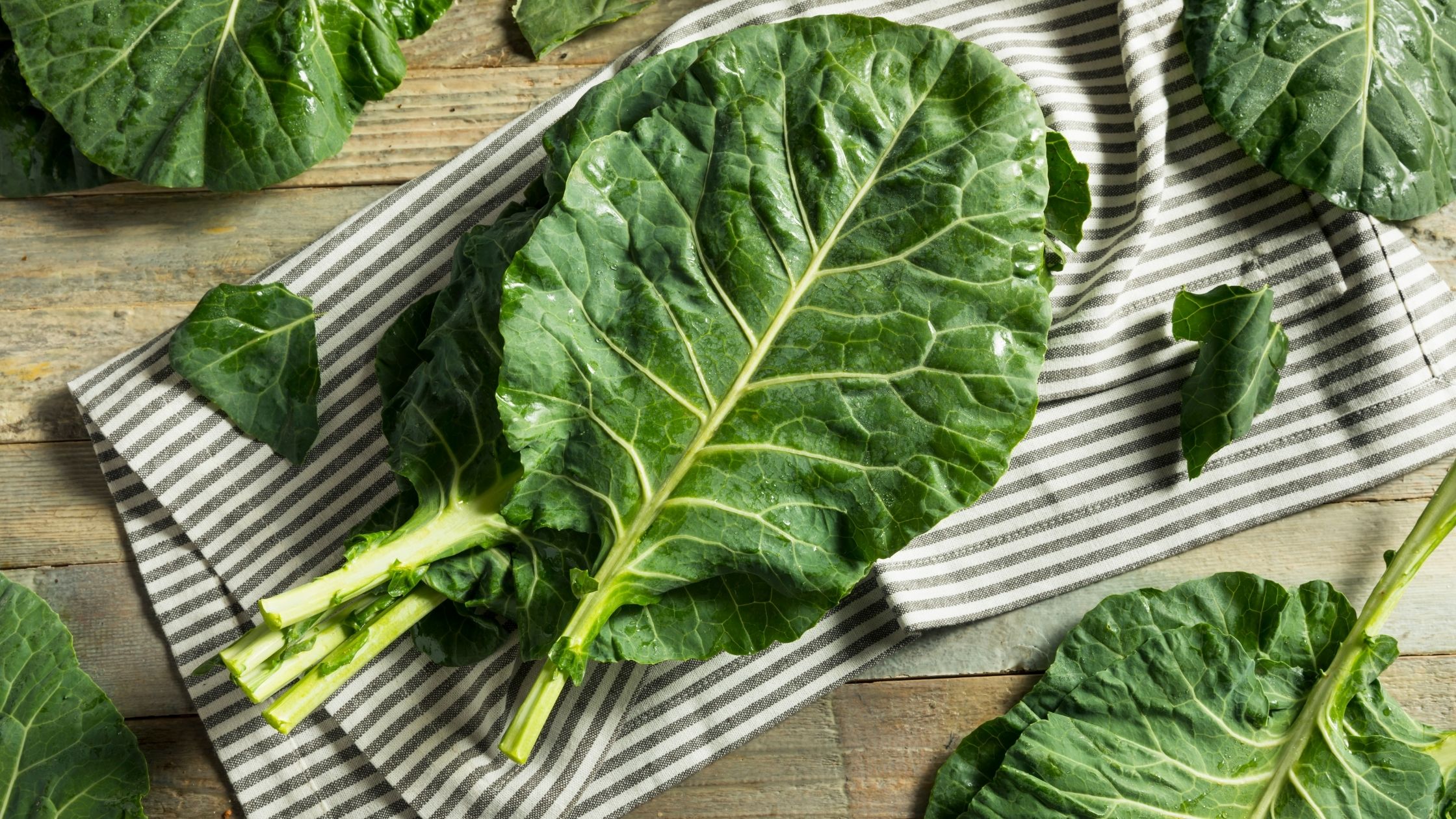
An anti-cancerous dark leafy green that are an anti-inflammatory food. And like kale and mustard greens, collard greens are high in vitamins A, C, and K but also have high levels of folate, manganese, and calcium.
Spinach
Extremely nutrient-dense and being an excellent source of vitamin C, K, carotenes, and folic acid. It also is a very good source of manganese, magnesium, iron, and vitamin B2. Spinach has the ability to restore energy, increase vitality, and improve the quality of the blood. The flavor of spinach can be bitter with a slightly salty flavor. Spinach can contain a high amount of oxalates which can be problematic for some. You can check out more about this here.
Swiss Chard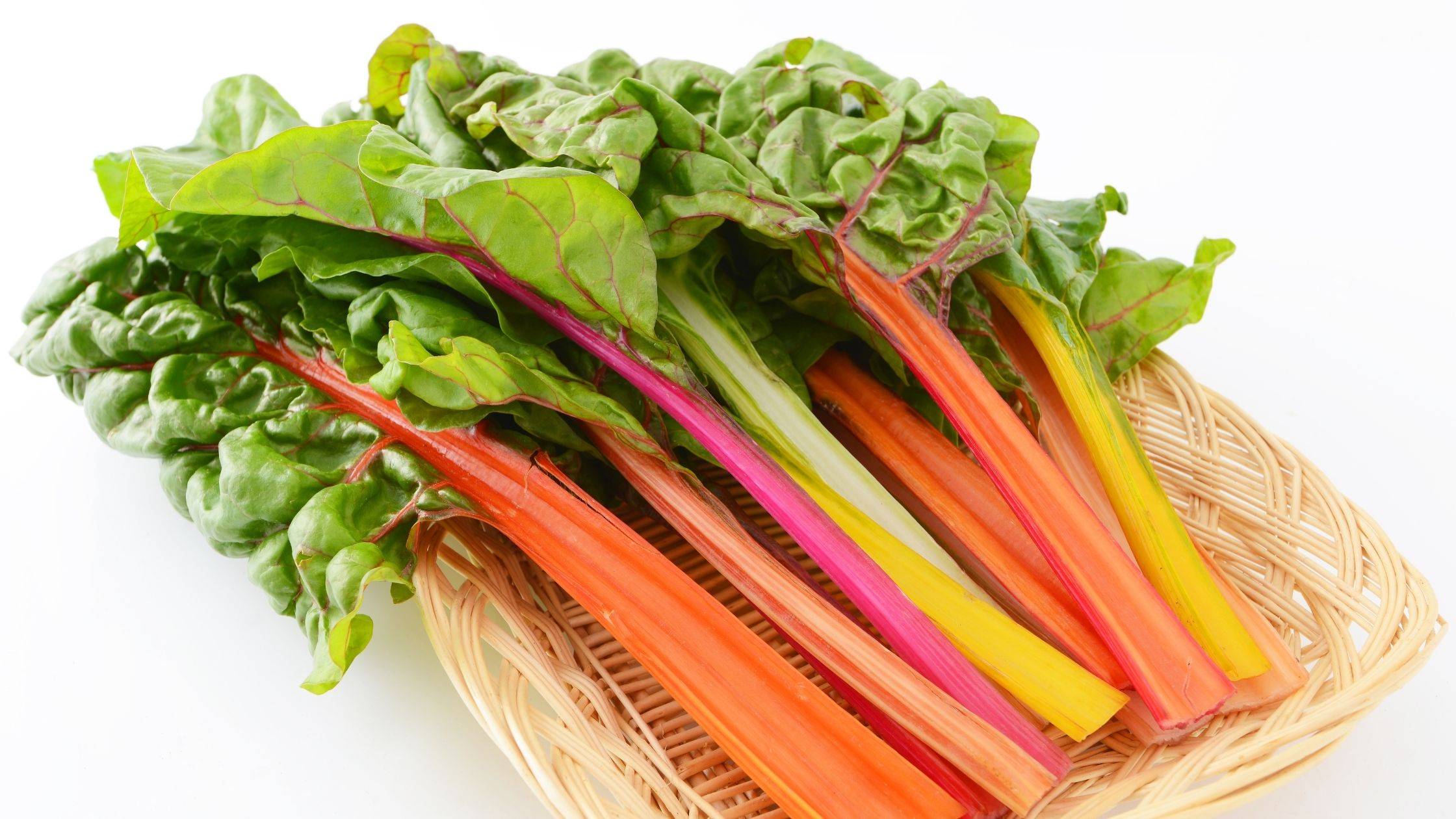
Both the stalk and leaves are edible and again have a bitter salty taste. Swiss chard is an excellent source of carotenes, vitamins C, E, and K, dietary fiber, and chlorophyll. It is also packed full of minerals such as magnesium, potassium, iron, and manganese. Swiss chard is a powerful anticancer food, especially for the digestive tract. Swiss chard, like spinach, can be high in oxalates.
Broccoli 
A member of the cruciferous family and is an awesome source of vitamins A, C, and K as well as folic acid and fiber. Broccoli has anticancer effects, especially in breast cancer. Broccoli can be eaten raw or cooked. Both florets and stems are edible. The stem skin can be rather tough so peeling it can be helpful. You can then slice and sauté or roast.
Cabbage
Another cruciferous veggie with powerful cancer fighting capabilities. It is packed with vitamin C, B6, potassium, folic acid, calcium, magnesium, and manganese. The phytonutrients in cabbage give it the anticancer properties. Cabbage can be eaten raw, cooked, or fermented (sauerkraut).
You want to include a wide range of these wonderful vegetables in your diet to get a variety of benefits. You also want to include a larger amount than you are likely to eat in a salad. Try aiming for as much as 2 to 3 cups per day. To avoid confusion, that's measuring them before you cook them. All of these dark leafy greens can be cooked, steamed, sauteed, or added to soups and omelets. Plus, many of these can even be eaten raw.
Recipe
If you're looking for a delicious way to get your greens on look no further than this simple and nourishing Collard Greens Smoothie Bowl. With the addition of green tea, you're skipping high sugar choices like juice. By using frozen fruit and avocado, you also don't need ice to get the correct consistency.
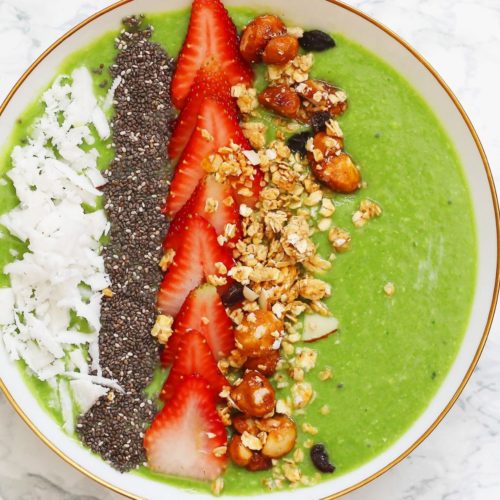
Collard Greens Smoothie Bowl
Ingredients
- ½ cup chopped collard greens, washed
- 1-½ cups frozen raspberries
- ½ cup green tea
- 3/4 cup pineapple chunks
- 1/4 cup frozen avocado chunks
Instructions
- Blend all ingredients together. If needed add a little more green tea.
- Garnish with your choice of toppings. Some of my favorites are:1 tablespoon shredded coconut1 tablespoon seeds - pumpkin, flax, chia, hemp, or sunflower1 peeled and sliced kiwifruit½ tablespoon cacao nibs1 teaspoon bee pollen
Notes
Leafy greens can be a powerful component to invest in your health, and there are so many to choose from to try. Breakfast, snack, lunch, and dinner are all opportunities to add more leafy greens to your diet.
[expand title="Sources"]
Morris MC, Wang Y, Barnes LL, Bennett DA, Dawson-Hughes B, Booth SL. Nutrients and bioactives in green leafy vegetables and cognitive decline: Prospective study. Neurology. 2018;90(3):e214-e222. doi:10.1212/WNL.0000000000004815
Pollock RL. The effect of green leafy and cruciferous vegetable intake on the incidence of cardiovascular disease: A meta-analysis. JRSM Cardiovasc Dis. 2016;5:2048004016661435. Published 2016 Aug 1. doi:10.1177/2048004016661435
[/expand]

